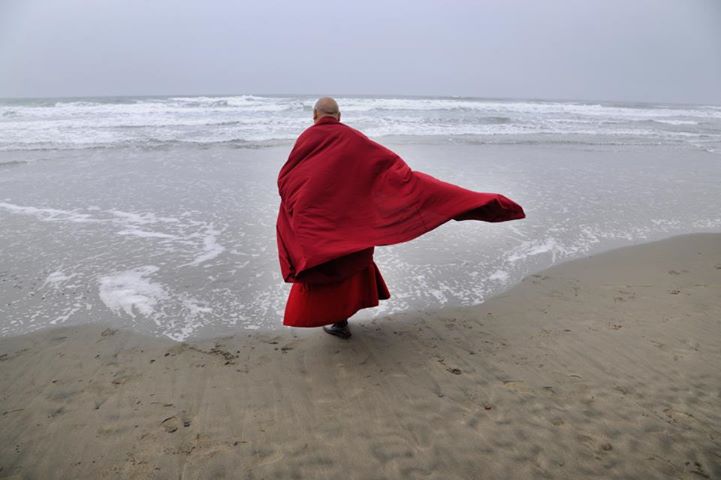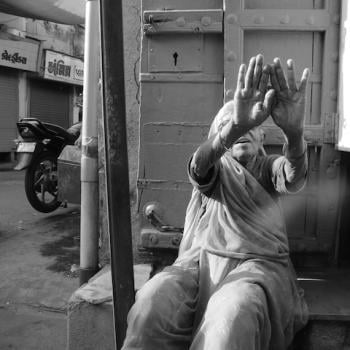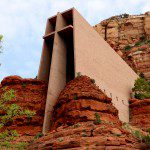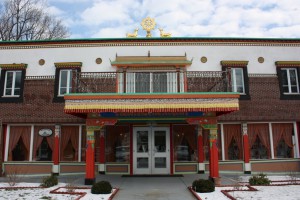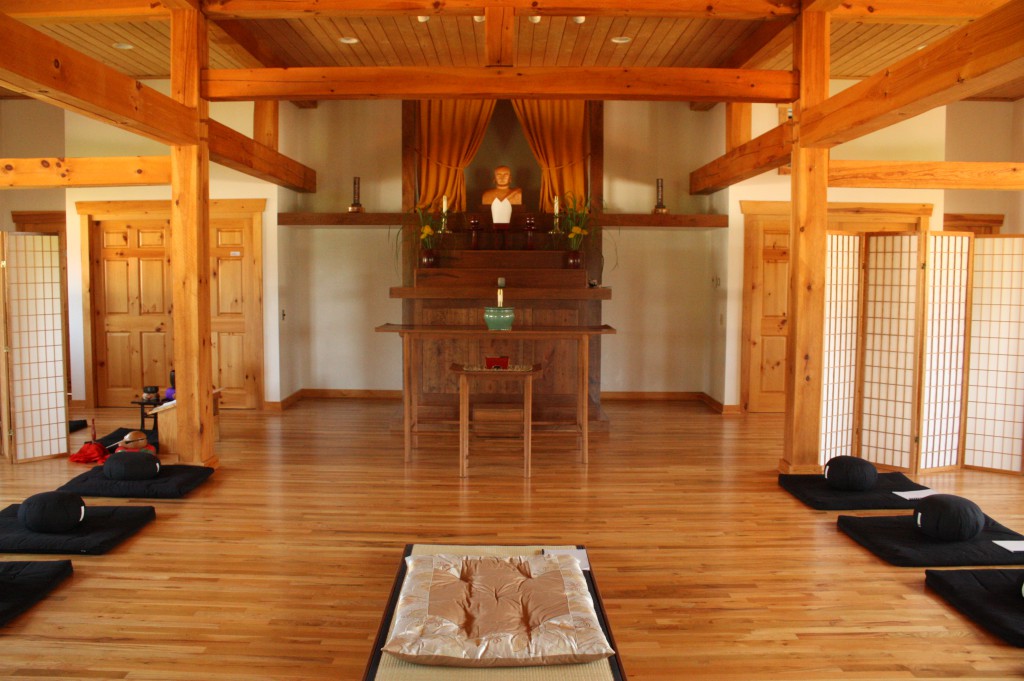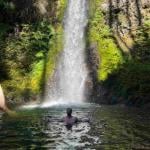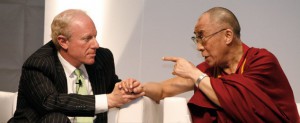
My writings about Tibetan Buddhism have brought an unexpected treasure to my mailbox: a review copy of Bobby Sager’s Beyond the Robe, a gorgeously illustrated book detailing the growing dialogue between Western scientists and Tibetan Buddhist monks (we do live in an interconnected world, do we not?).
Bobby Sager is a philanthropist and entrepreneur who for more than a decade has funded a program called Science for Monks, which teaches Western science to Tibetan monks and nuns. The program began at the request of His Holiness the Dalai Lama, who is keenly aware of the need for his people to learn of the intellectual advances made in the West. At the same time, he believes that master meditators in his tradition have important things to teach Western scientists. Thus was born this program, which is described as the most significant change to the Tibetan monastic curriculum in centuries.
Beyond the Robe tells about this program through the perspectives of the monks, nuns and scientists who have participated in it. More than 30 people contributed essays, quotes and photographs to the book, drawing upon their experiences in workshops and classes held primarily in India, where the Tibetan government is in exile. “Beyond the Robe” refers to the monks extending themselves beyond their traditional religious studies to the study of science. It also refers to the monks’ leadership potential outside of their traditional religious role.
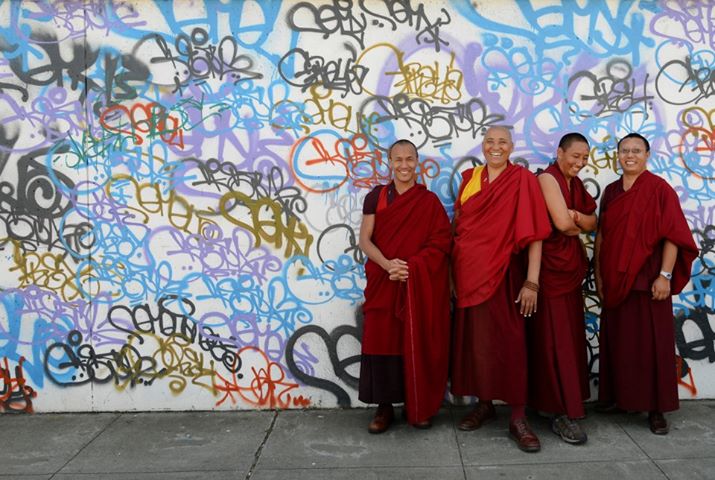
One of the things I most admire about Buddhism is how open it is to scientific inquiry. The Dalai Lama describes Buddhism as a science of the mind. More than any other religion, it has deeply studied the processes of consciousness. At the same time, however, the Tibetan Buddhist understanding of the physical sciences, especially cosmology, is drawn from models that are clearly superseded by the discoveries of Western science.
The Dalai Lama’s personal interest in scientific learning began in his childhood, when he was fascinated by telescopes, microscopes, clocks and machines. It’s not surprising that he has long encouraged a lively dialogue between Buddhism and modern science, including sending his monks to American universities to be analyzed as they meditate. An entirely new domain of research, in fact, has been launched because of the dialogue initiated by His Holiness: contemplative neuroscience.
“Buddhism stands ready to revise its beliefs at any moment if they are proved to be wrong,” writes Tibetan Buddhist monk (and scientist) Matthieu Ricard in an essay in Beyond the Robe. “In its quest for knowledge, Buddhism does not run away from contradictions; it feeds on them.”
To me the most intriguing parts of the book are the essays written by U.S. scientists who have taught the monks and nuns in workshops. Picture the challenges they faced in trying to explain complex ideas to monks and nuns with little or no background in western culture, let alone science. And yet these scientists found the process to be one of the most rewarding educational experiences they’ve ever had. They write with admiration of the incredible focus and discipline of the Tibetans, of their love for questioning, comparing, debating and analyzing.
“As remarkable to me as these learning skills was their habit of considering the ethical implications of each decision,” writes Stephanie Norby, director of the Smithsonian Center for Education and Museum Studies. Chris Impey, a professor of astronomy at the University of Arizona, says that the monks’ perspective helped them ask scientific questions he hadn’t considered before. And he was delighted by their lightness and playfulness, especially because he had expected great seriousness from them. “The monks reminded me that science is fun,” he writes. “It’s a big enterprise that affects the world, but it’s also fun.”
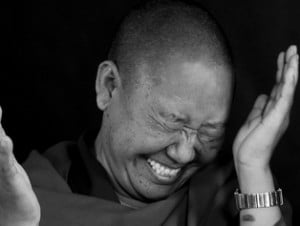
Emiliana Simon-Thomas of the University of California-Berkeley sums up the value of the cultural and educational exchange this way: “We are learning from individuals who have spent thousands of hours thinking in a way that is totally focused towards enhancing happiness and diminishing suffering for all sentient beings. These are unique people … who have shaped their minds and bodies to espouse this ideology and this way of living. It’s just extraordinary. It’s completely unique. There isn’t anybody else who’s going to think the way that someone who comes from that tradition thinks.”
The monks and nuns who have participated in these workshops are now teachers in turn, bringing their new knowledge to their fellow Tibetans. And so the circle of knowledge widens, ripple upon ripple. It is not clear exactly what the effects of this will be in the future. Bobby Sager, who is both a savvy businessman and someone who demands accountability in his philanthropic activities, once asked His Holiness the Dalai Lama how the results of the Science for Monks program could be measured. How would they know if the program was working?
The Dalai Lama chuckled, put his hand on Sager’s shoulder, and said, “Don’t worry, maybe we’ll know in a hundred years or so.”
